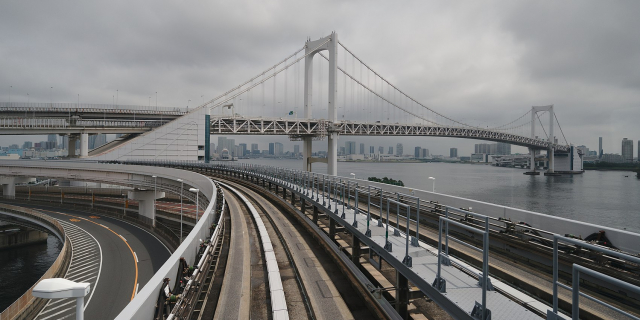Kōtoku-in (高徳院) is a Buddhist temple of the Jōdo-shū sect, in the city of Kamakura in Kanagawa Prefecture, Japan. Its mountain name is Taiizan (大異山), and its common temple name is Shōjōsen-ji (清浄泉寺).
The temple is renowned for The Great Buddha of Kamakura (鎌倉大仏, Kamakura Daibutsu), a monumental outdoor bronze statue of Amitābha, which is one of the most famous icons of Japan. It is also a designated National Treasure, and one of the twenty-two historic sites included in Kamakura's proposal for inclusion in UNESCO's World Heritage Sites. ...Read more
Kōtoku-in (高徳院) is a Buddhist temple of the Jōdo-shū sect, in the city of Kamakura in Kanagawa Prefecture, Japan. Its mountain name is Taiizan (大異山), and its common temple name is Shōjōsen-ji (清浄泉寺).
The temple is renowned for The Great Buddha of Kamakura (鎌倉大仏, Kamakura Daibutsu), a monumental outdoor bronze statue of Amitābha, which is one of the most famous icons of Japan. It is also a designated National Treasure, and one of the twenty-two historic sites included in Kamakura's proposal for inclusion in UNESCO's World Heritage Sites.
 Photograph from the 1870s, by Suzuki Shinichi
Photograph from the 1870s, by Suzuki ShinichiThe current bronze statue was preceded by a giant wooden Buddha, which was completed in 1243 after ten years of continuous labor, the funds having been raised by Lady Inada no Tsubone and the Buddhist priest Jōkō of Tōtōmi. The wooden statue was damaged by a storm in 1248, and the hall containing it was destroyed, so Jōkō suggested making a new statue of bronze, and the huge amount of money necessary for this and a new hall was raised for the project.[1] The bronze image was probably cast by Ōno Gorōemon[2] or Tanji Hisatomo,[3] both leading casters of the time.[4] At one time, the statue was gilded. There are still traces of gold leaf near the statue's ears.[5]
The hall was destroyed by a storm in 1334, was rebuilt, was damaged by yet another storm in 1369, and was rebuilt yet again.[1] The last building housing the statue was washed away in the tsunami resulting from the Nankai earthquake of 20 September 1498, during the Muromachi period.[6] Since then, the Great Buddha has stood in the open air.[6]
The 1923 Great Kantō earthquake destroyed the base the statue sits upon, but the base was repaired in 1925.[1] Repairs to the statue were carried out in 1960–61, when the neck was strengthened and measures were taken to protect it from earthquakes.[1] In early 2016, further research, restoration, and preservation work was performed on the statue.[7]





































Add new comment